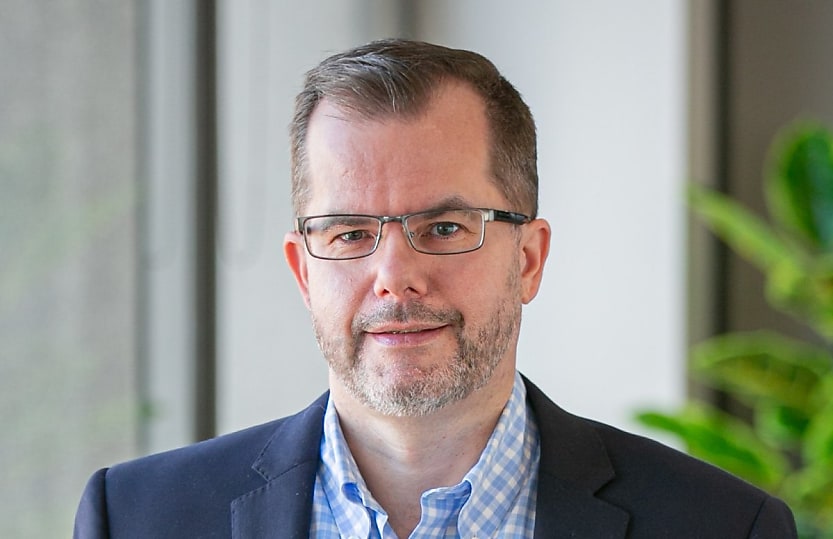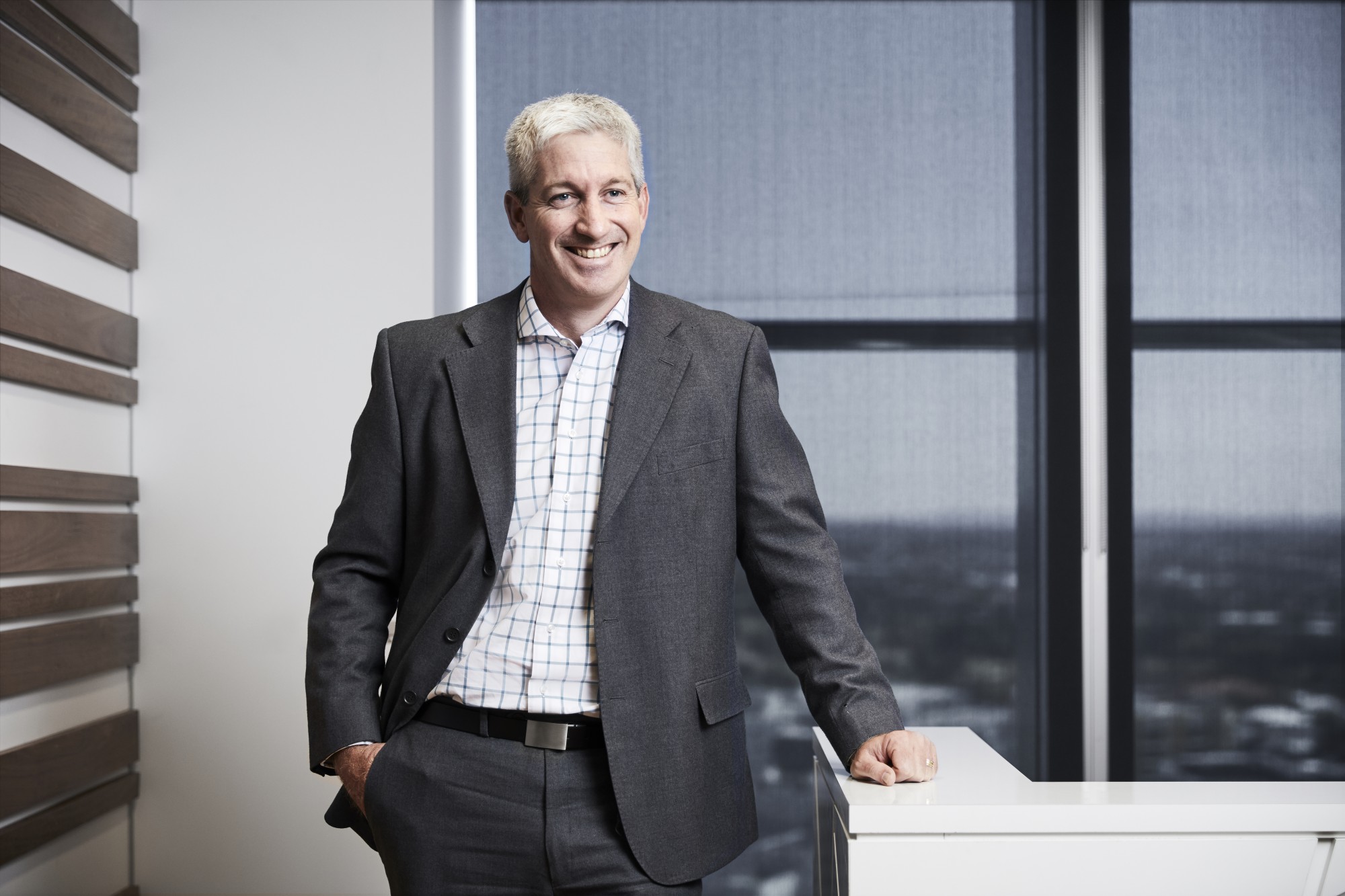Payroll tax appeal ‘delivers way out’ for medical centres

Last week’s decision found the levy applies in the Thomas and Naaz case but shows that a straightforward change will make all the difference, says a medical tax specialist.
Medical centres have a clear way forward when it comes to avoiding payroll tax following a NSW court ruling on the case last week, according to a specialist at William Buck.
Head of health at the firm Paul Copeland (above) said the Appeal Court denied leave to appeal in the case central to the payroll tax dispute, but showed that a straightforward change to GP payment arrangements could solve the problem.
“It's actually not a bad outcome because what the industry has been needing is clarity and some sort of guidance,” Mr Copeland said.
The case, Thomas and Naaz Pty Ltd v Chief Commissioner of State Revenue [2023] NSWCA 40, found payroll tax applied where the medical centre collected patient fees on behalf of GPs, deducted its service charges, and then distributed the balance to GPs.
However, the state had not pursued payroll tax for three GPs who collected their fees directly from the patients.
“That seems to us to be the key coming forward,” Mr Copeland said.
“If you can direct those fees to the doctors then there'll be no cashflow coming from the medical centre to the doctor and therefore in line with this case, you'd be pretty comfortable that payroll tax doesn't apply.
“The good thing is it’s not the court saying this won’t apply, the revenue commissioner never actually sought to apply payroll tax to those people anyway and they were just reinforcing that position throughout the judgement.”
“The solution seems to be in the cashflow, and it will work to have patient fees collected by the doctors individually and then put in place a mechanism for the doctors to pay the service fee back to the practice.”
He said medical centres would need to update their agreements with doctors but the solution would be fairly simple.
“The question for the doctors and the medical centres is how they protect their service fee. And it's going to be probably through direct debits and agreements being put in place.”
“From an administrative point of view it's going to be difficult or different to what they’re used to and how they implement things.
“But it's cheaper than payroll tax and it's a reasonably simple solution.”
He said dental practices, medical specialists and allied health services would need to consider similar methods and the case had ramifications for Queensland, which had taken a similar approach to NSW but was offering an amnesty for two years
Registering for the amnesty could be problematic, Mr Copeland said, and changing payment arrangements might be a better solution.
“The Queensland amnesty has been viewed with suspicion by the practitioners on the basis that they feel that they might just be giving the Queensland government a hit list in two years’ time.”
Except for Western Australia, states harmonised their payroll tax arrangements even though the thresholds were different.
The head of medical at Prosperity, Brendan Campbell (pictured below), said the solution did throw up some practical challenges.
“There are eftpos machines or point of sale machines that can direct money to different bank accounts,” he said, “but it is very difficult for the management of that to be handled by the practice when money is going to several different accounts where they don't have access to be able to ensure that those doctors are receiving their billings correctly.”
He said there might be two options for medical centres which came down to the level of control over the patients and GPs.
“Option one would be contracts that are less restrictive than they have typically been, with doctors collecting their own billings and then being charged a fee.”
Under this proposal, doctors would have greater say over their hours and days of work as well as fewer restraints if they left a practice.
“Option two would be greater control over patients of the practice through restraints and doctor's commitments, less administrative costs by being able to reconcile through one bank account – as has previously been done.
“The cost of this is payroll tax and the question would be: Is it better to wear this payroll tax as a cost of doing business and to have more control over the patients and doctors at the practice?”
He said deciding factors could be in which state the medical centre was based and the scale of the centre.

Medical bodies were pessimistic in the wake of last week’s ruling.
NSW AMA president Dr Michael Bonning said widespread payroll tax would have “devastating ramifications” for general practices.
“General practices across NSW will face payroll tax bills of thousands of dollars,” he said. “Some practices will be forced to close their doors, while others will have to charge patients increased fees. The decision to levy payroll tax will turbocharge the decline of bulkbilling.”
“The impact on patients will be significant. As practices close, access to healthcare will diminish – this will be even more difficult in rural and regional NSW where general practices are fewer and farther between.”
Some estimates put the cost to patients at $15 a visit.
The Royal Australian College of General Practitioners called on state and territory governments to act.
“We have been keenly awaiting this appeal and the decision just more bad news for hardworking GPs and practice teams,” said RACGP president Dr Nicole Higgins. “Practices already pay payroll tax like everyone else on staff including nurses and administrative workers, but this new tax obligation on tenant GPs is untenable.
“Unless governments act to exempt practices from this new obligation patients will be charged more, and some clinics will be forced to shut up shop.”
However in the ruling itself Justice Leeming said widespread concerns about the case were unfounded with a “ready mechanism” to avoid payroll tax in the example of the three GPs who charged patients directly.
“Some submissions were made … as to the general application and public importance of this particular decision. It may be that persons operating other medical practices have adopted similar administrative arrangements whereby Medicare benefits which have been assigned by patients to the practitioners are collected by the operators of the centre and distributed to the practitioner.
“It may readily be seen how this might suit the operator (which will not have to rely upon the efforts of a practitioner to process claims and remit a percentage entitlement to the operator if the position resembles that in the present case).
“However, taking that course runs the risk of the deeming provisions in Division 7 of Part 2 of the act [Payroll Tax Act 2007 (NSW)] being engaged.
“As is clear from the position of the three practitioners who processed their own claims for Medicare benefits, there is a ready mechanism to avoid that result which is available. That tends against the conclusion that an important question of general application is thrown up by this litigation.”
About the author

